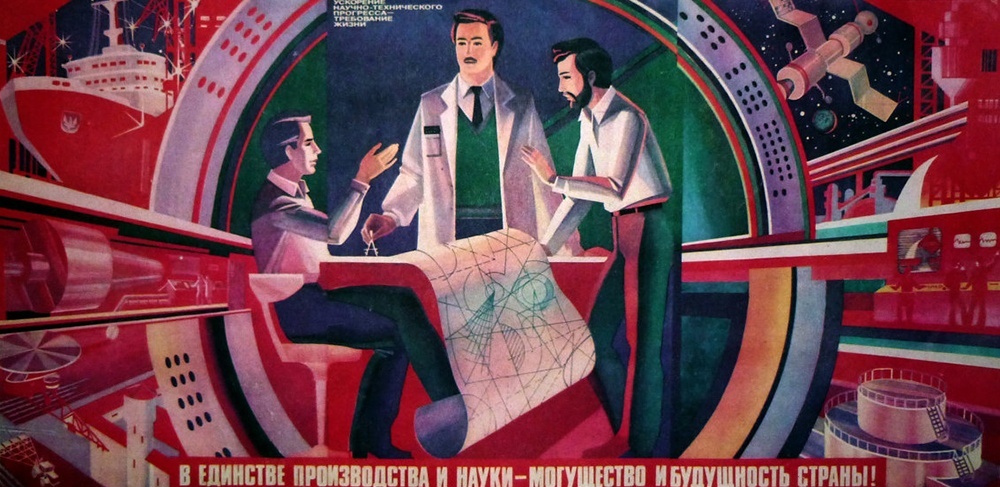Mercury is the closest planet to the sun and also the smallest planet in the solar system.
The small and cratered planet does not have any moons and zips around the sun faster than any other planet in the solar system, hence why the Romans named it after their swift-footed messenger god.
It is the second densest planet after Earth, with a huge metallic core roughly 2,200 to 2,400 miles (3,600 to 3,800 kilometers) wide, or about 75% of the planet's diameter. In comparison, Mercury's outer shell is only 300 to 400 miles (500 to 600 km) thick. The combination of its massive core and composition, which includes an abundance of volatile elements, has left scientists puzzled for years.
The Sumerians also knew of Mercury at least 5,000 years ago. It was often associated with Nabu, the god of writing, according to a site connected to NASA's MESSENGER (Mercury Surface, Space Environment, Geochemistry and Ranging) mission.
Mercury was also given separate names for its appearance as both a morning star and an evening star. Greek astronomers knew, however, that the two names referred to the same body, and Heraclitus, around 500 B.C., correctly thought that both Mercury and Venus orbited the sun, not Earth.
HOW HOT IS MERCURY?
Because the planet is so close to the sun, Mercury's surface temperature can reach a scorching 840 degrees Fahrenheit (450 degrees Celsius). However, since this world doesn't have much of a real atmosphere to entrap any heat, at night temperatures can plummet to minus 275 degrees Fahrenheit (minus degrees 170 Celsius), a temperature swing of more than 1,100 degrees Fahrenheit (600 degrees Celsius), the greatest in the solar system.
As close to the sun as Mercury is, in 2012, NASA's MESSENGER spacecraft discovered water ice in the craters around its north pole in 2017, where regions may be permanently shaded from the heat of the sun. The southern pole may also contain icy pockets, but MESSENGER's orbit did not allow scientists to probe the area. Comets or meteorites may have delivered ice there, or water vapor may have outgassed from the planet's interior and frozen out at the poles.
As if Mercury isn't small enough, it not only shrank in its past but is continuing to shrink today, according to a 2016 report. The tiny planet is made up of a single continental plate over a cooling iron core. As the core cools, it solidifies, reducing the planet's volume and causing it to shrink. The process crumpled the surface, creating lobe-shaped scarps or cliffs, some hundreds of miles long and soaring up to a mile high, as well as Mercury's "Great Valley," which at about 620 miles long, 250 miles wide and two miles deep (1,000 by 400 by 3.2 km) is larger than Arizona's famous Grand Canyon and deeper than the Great Rift Valley in East Africa.
Megathreads and spaces to hang out:
- ❤️ Come listen to music and Watch movies with your fellow Hexbears nerd, in Cy.tube
- 💖 Come talk in the New Monthly queer thread
- 🧡 Monthly Neurodiverse Megathread
- 💛 Read about a current topic in the news
- ⭐️ October Movie Nominations ⭐️
reminders:
- 💚 You nerds can join specific comms to see posts about all sorts of topics
- 💙 Hexbear’s algorithm prioritizes struggle sessions over upbears
- 💜 Sorting by new you nerd
- 🌈 If you ever want to make your own megathread, you can go here nerd
- 🐶 Join the unofficial Hexbear-adjacent Mastodon instance toots.matapacos.dog
Links To Resources (Aid and Theory):
Aid:
- 💙Comprehensive list of resources for those in need of an abortion -- reddit link
- 💙Resources for Palestine
Theory:
- ❤️Foundations of Leninism
- ❤️Anarchism and Other Essays
- ❤️Mega upload with theory for many tendencies
Remember nerds, no current struggle session discussion here to the general megathread, i will ban you from the comm and remove your comment, have a good day/night :meow-coffee:


deleted by creator